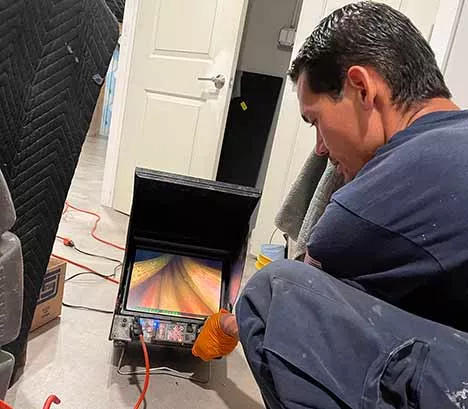Monitoring sewer lines is essential for safeguarding public health and protecting the environment. As urban areas expand, the complexity and demands placed on sewer systems also grow, making it crucial to ensure these systems are free from blockages and leaks. Incorporating advanced technology to monitor sewer lines enables cities to manage these crucial infrastructures more efficiently. By using technological solutions, potential issues can be detected early, preventing them from evolving into major, costly emergencies. This proactive strategy not only leads to significant cost savings but also helps in maintaining the integrity and functionality of our water systems, ensuring they operate effectively without disruption.
Let us delve into some vital aspects determining the use of technology in monitoring sewer lines.
Early leak detection
Modern technology, such as acoustic sensors, can detect the faintest noises made by escaping water from cracks or holes in sewer pipes. This allows for early identification of leaks, often before they surface and cause visible damage or significant water loss. Quick repairs can then be made to avoid larger issues.
Blockage prevention
Smart sensors and cameras can be sent through sewer lines to provide real-time video feedback and data on the condition of the pipes. This helps in spotting potential blockages from debris, tree roots, or accumulation of grease. By identifying these blockages early, maintenance teams can clear them before they lead to backups and overflows.
Infrastructure assessment
Drones equipped with cameras and sensors can navigate sewer systems to assess their condition. This technology provides comprehensive data on pipe degradation or corrosion without the need for costly and disruptive excavation. It allows city planners to prioritize maintenance and repairs based on accurate, up-to-date information.
Environmental protection
Technology helps monitor the flow and composition of wastewater. Sensors can detect harmful chemicals or unusual changes in water quality, alerting authorities to potential contamination. This is essential for preventing environmental disasters and ensuring that treatment plants are functioning properly.
Efficiency and cost reduction
Using technology to monitor sewer lines increases the efficiency of maintenance operations. Automated systems can schedule regular inspections and maintenance based on predictive analytics, which forecasts potential failures. This reduces the need for emergency repairs, which are often more extensive and expensive.
To conclude
The integration of advanced technology into sewer line monitoring not only enhances the capabilities of municipal services but also protects public health, the environment, and taxpayer dollars. By embracing these high-tech solutions, cities can maintain more reliable and robust infrastructure beneath our streets.

